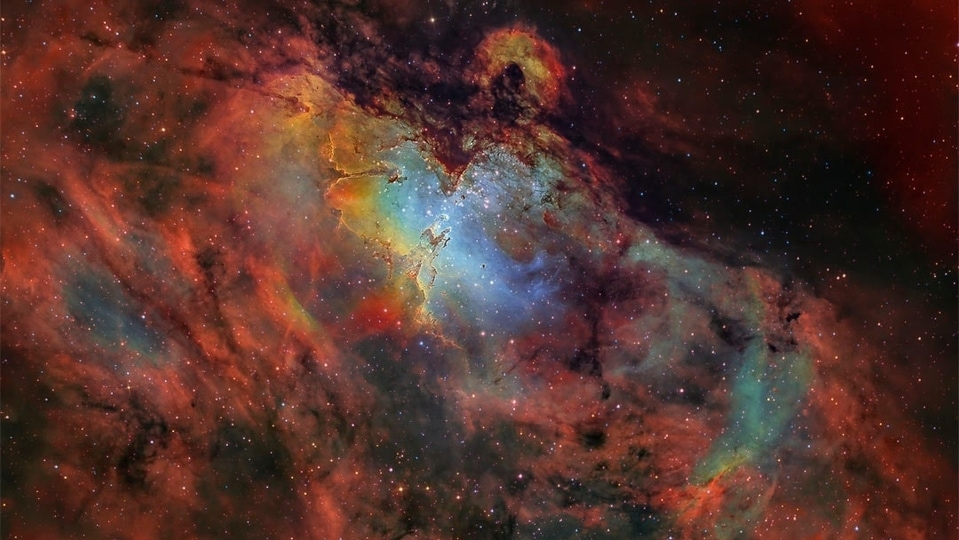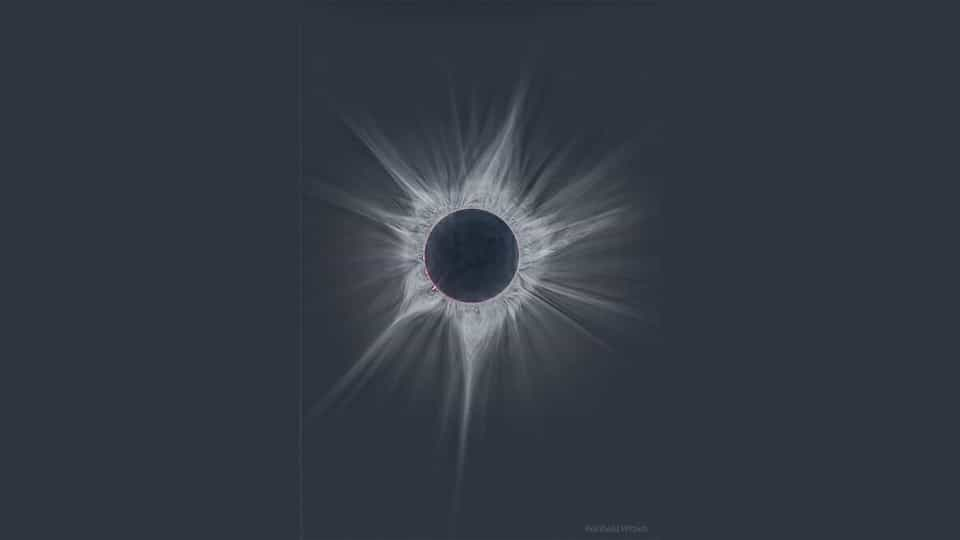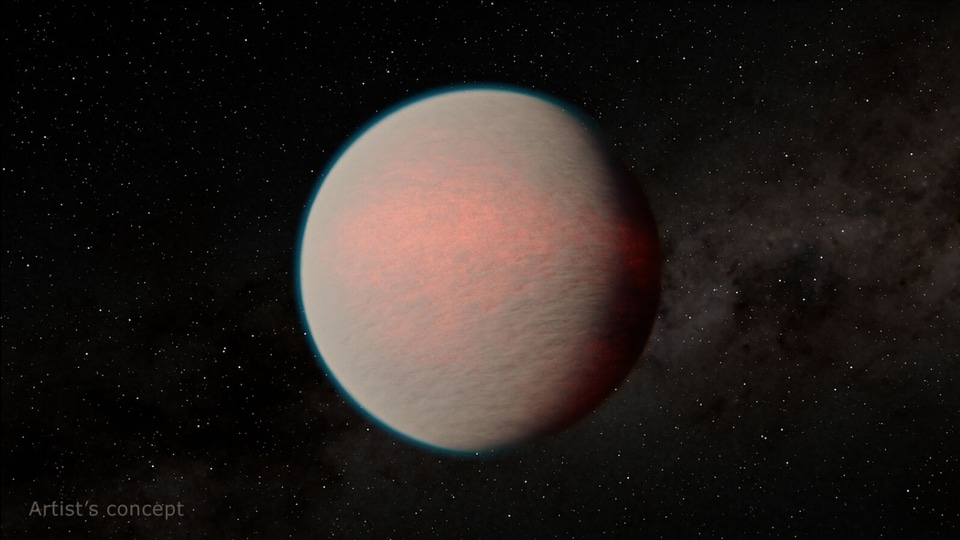AI goes to space! New planet discovered outside solar system
AI is now helping in finding new planets outside our solar system! Here is how.






 View all Images
View all ImagesAI is the biggest buzzword these days courtesy ChatGPT. And guess what? AI is now helping scientists to discover planets out there in space! A recent study conducted by a research team from the University of Georgia confirmed the evidence of a new planet outside our solar system which has been identified by machine learning, a branch of artificial intelligence. This breakthrough marks an initial milestone in bringing AI into practice to discover unknown exoplanets.
The study says that an exoplanet can be determined just by looking in protoplanetary disks, the gas around newly formed stars. The research team confirmed the planet using traditional techniques, however, the AI model helped to run simulations and showed exactly where the planet might be. How does it work?
Jason Terry, the lead author of the study, suggests that the models indicated the potential presence of a planet, as evidenced by multiple images that prominently emphasized a specific area in the disk. This region had some characteristic signs of a planet—a remarkable variation in the gas velocity surrounding it.
Significance of AI in exoplanet discoveries
The recent discovery of an exoplanet with the help of AI suggests that machine learning has the power to dig deeper into the vast realm of outer space exploration. In this case, the model successfully identified a signal in data that had already been analyzed. That means, it can uncover something that had previously gone undetected.
"This demonstrates that our models — and machine learning in general — have the ability to quickly and accurately identify important information that people can miss," Terry said. You will be surprised to know that the whole analyses took almost an hour to analyze the entire catalog and find the evidence of an exoplanet at a specific spot, the author of the paper added.
How do traditional methods work to identify exoplanets?
For decades, several famous telescopes and satellites such as Kepler Space Telescope, Hubble Space Telescope, CoRoT satellite, Transiting Exoplanet Survey Satellite (TESS), NASA's Spitzer Space Telescope, and others have helped to identify exoplanets.
Some of these techniques include Radial velocity analyses that measure Doppler shift in the host star, while Gravitational Microlensing helps when massive objects cause a distortion in the light's path, leading to a gravitational lensing effect that affects the brightness of the star.
Catch all the Latest Tech News, Mobile News, Laptop News, Gaming news, Wearables News , How To News, also keep up with us on Whatsapp channel,Twitter, Facebook, Google News, and Instagram. For our latest videos, subscribe to our YouTube channel.






































